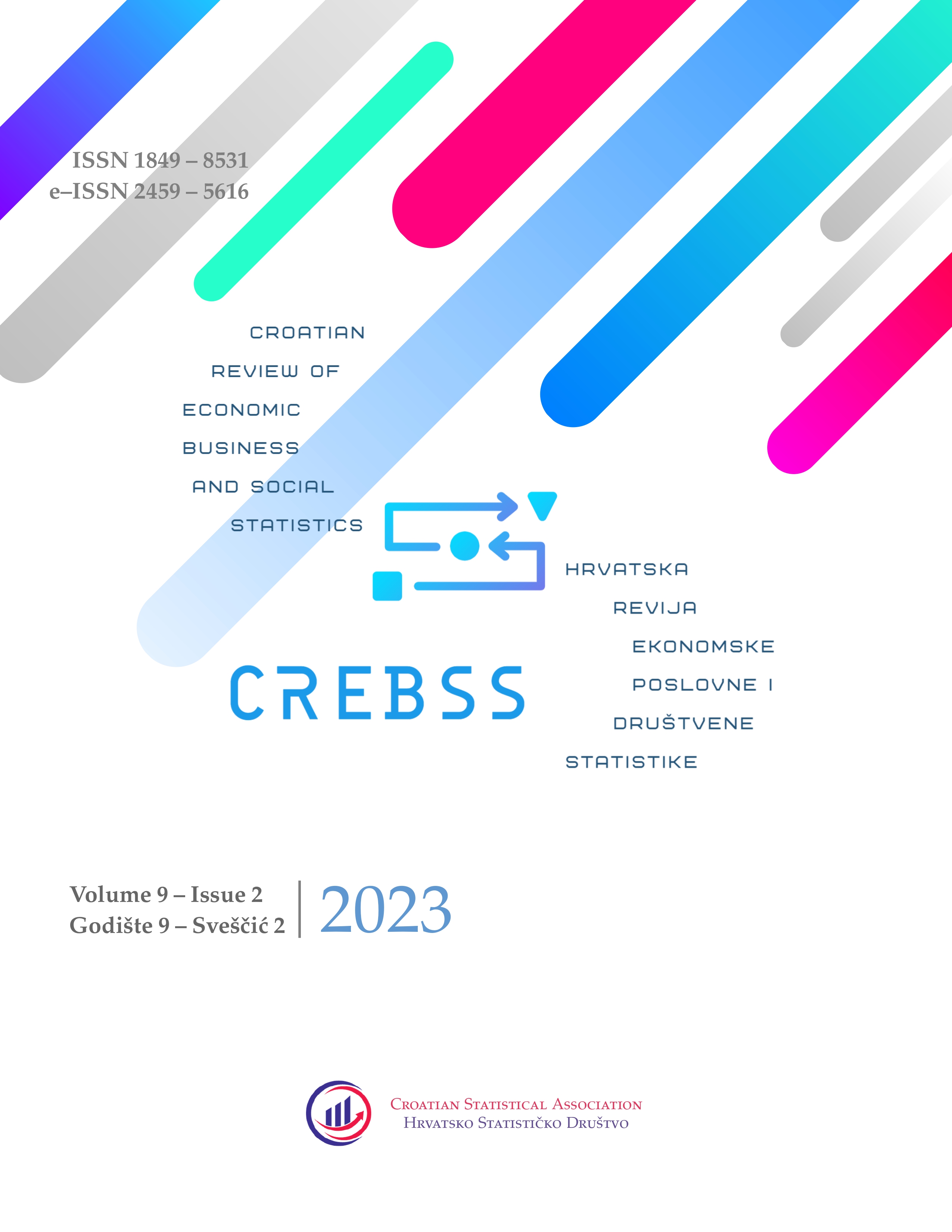Foreign direct investment, foreign aid and economic growth nexus in Kenya: A cointegration and causality analysis
DOI:
https://doi.org/10.62366/crebss.2023.2.001Keywords:
bounds cointegration test, economic growth, foreign aid, foreign direct investment, Kenya, sustainable development goalsAbstract
The increasing role of foreign capital inflows in reducing the disparity between government revenues and costs as well as impellent economic growth has motivated this study to establish the direction of causality between foreign direct investment (FDI), foreign aid, and economic growth in Kenya. By using annual time series data from 1970 to 2020 within bounds testing approach to cointegration and the error correction model ECM-based Granger-causality, the study found a bidirectional causality between foreign aid and economic growth in the short run and a unidirectional causal flow from foreign aid to economic growth in the long run. The results also support evidences of bidirectional causality between FDI and foreign aid in the short run and a unidirectional causal flow from foreign aid to FDI in the long run. However, the study found no causal relationship between FDI and economic growth, irrespective of whether the causality test is conducted in the short run or in the long run. These empirical findings are encouragement to policy makers in Kenya to carefully channel foreign aid in productive sectors to positively influence economic growth and foreign direct investment, as most relevant targets in achieving Vision 2030 and the Sustainable Development Goals (SDGs).
Downloads
Published
How to Cite
Issue
Section
License
Copyright (c) 2023 retained by the author(s)

This work is licensed under a Creative Commons Attribution-NonCommercial-NoDerivatives 4.0 International License.

